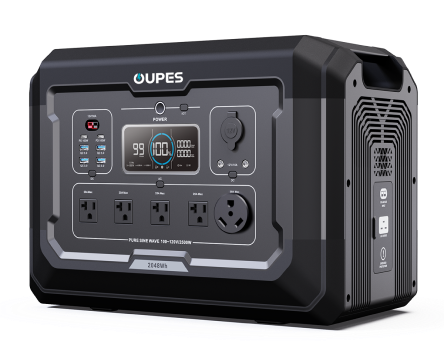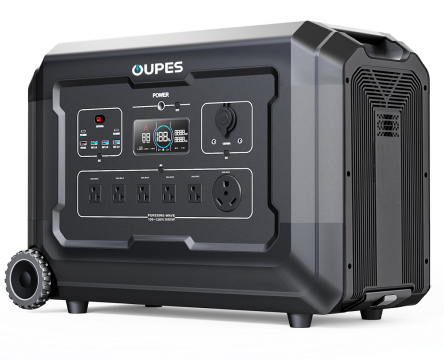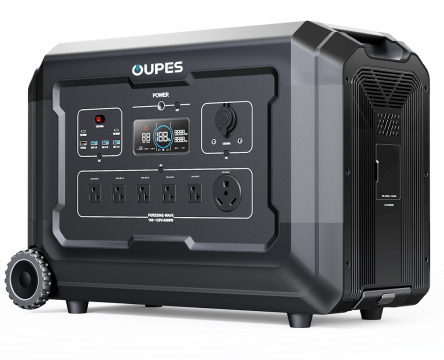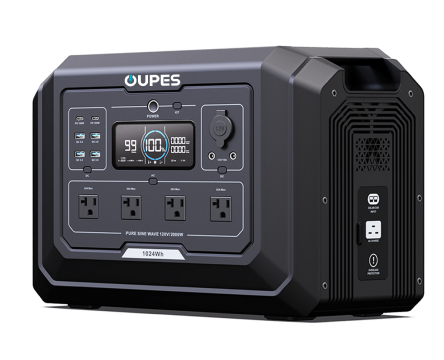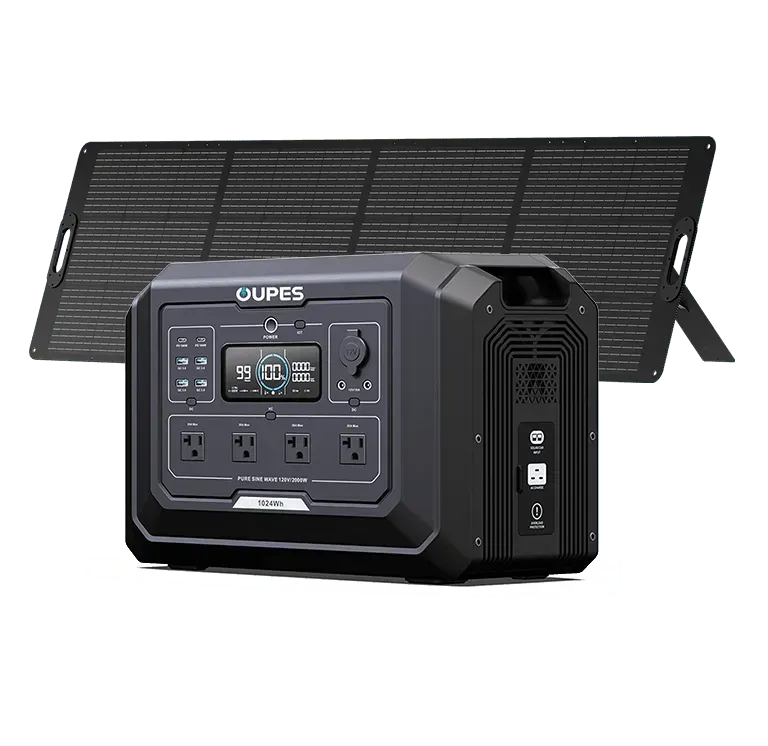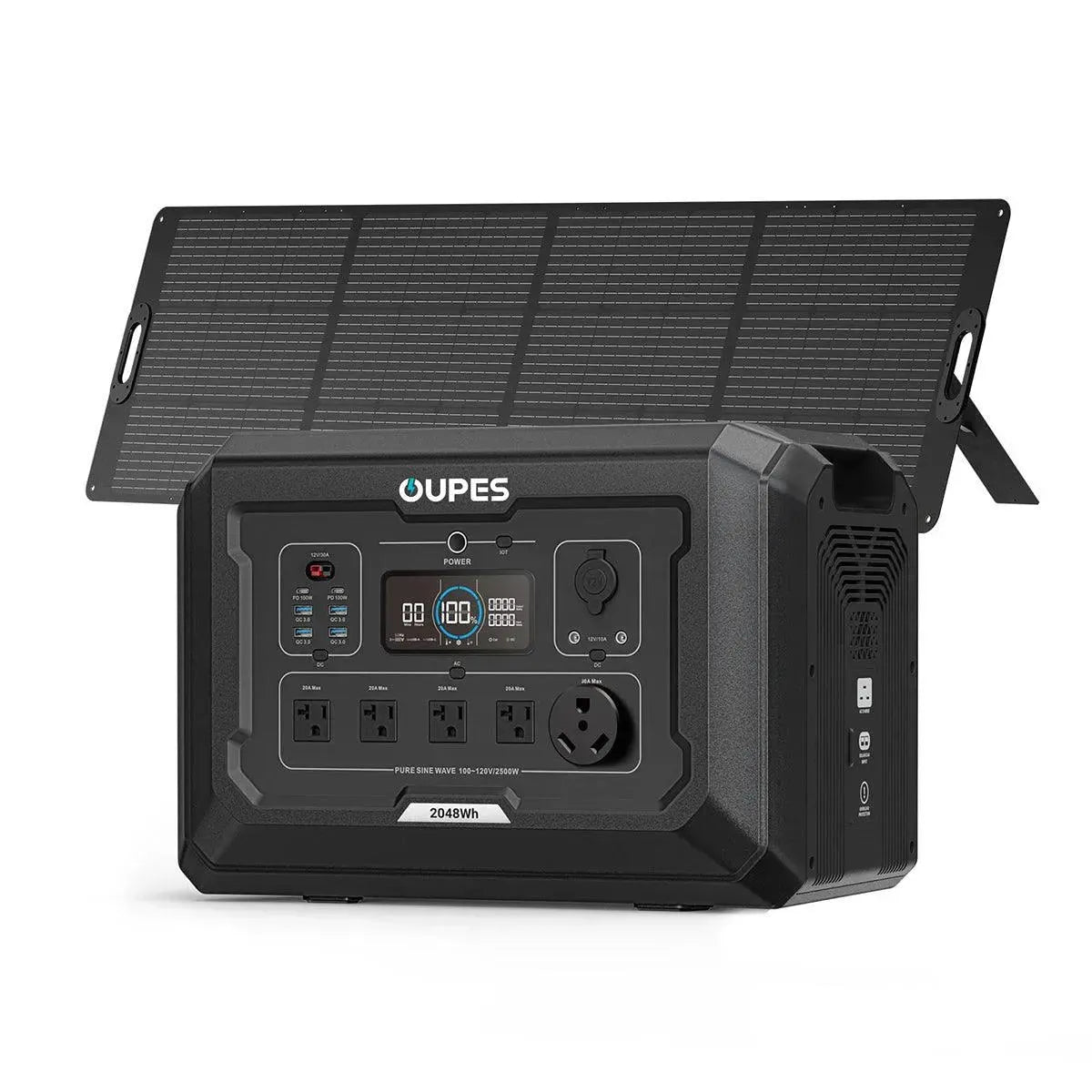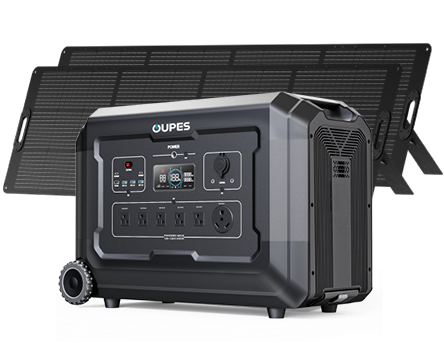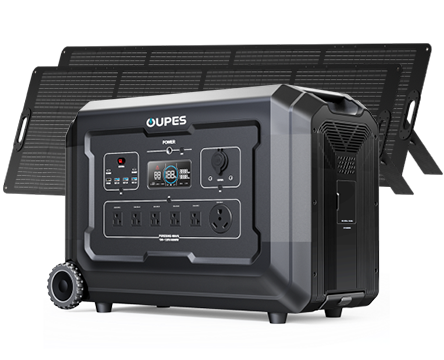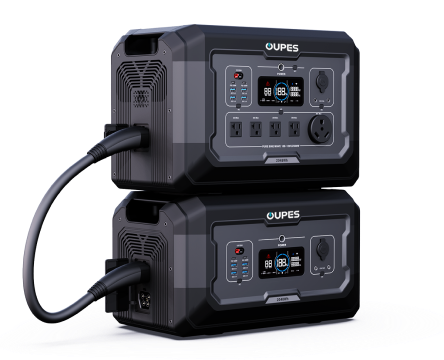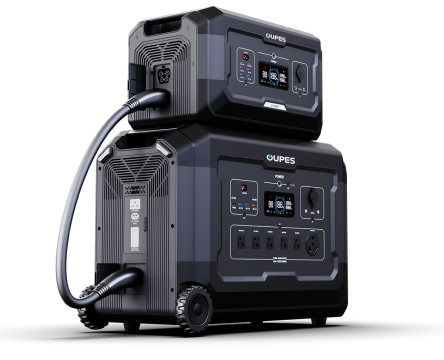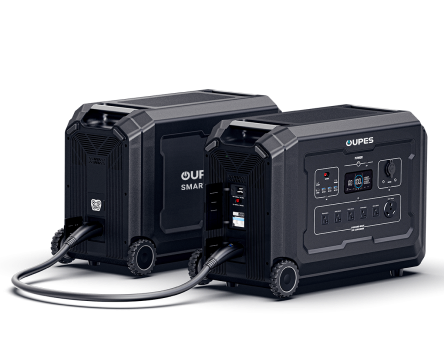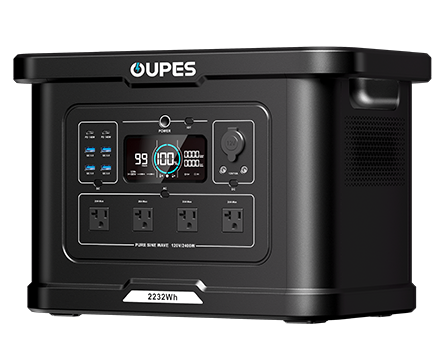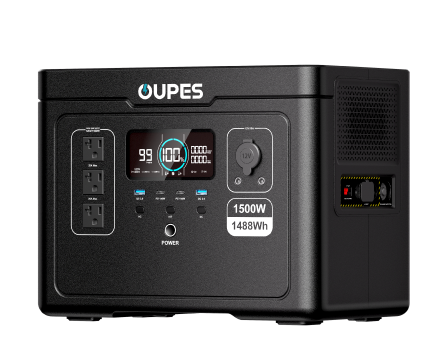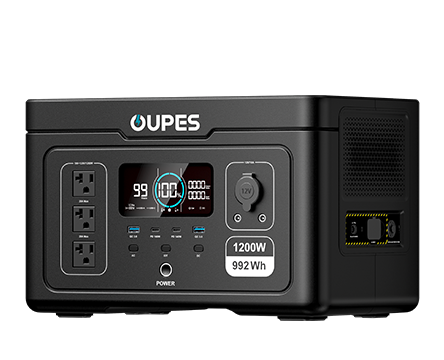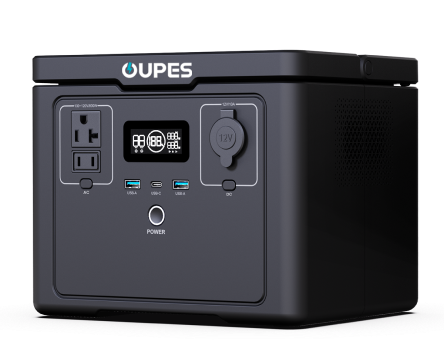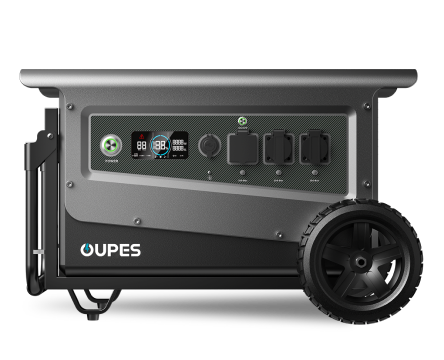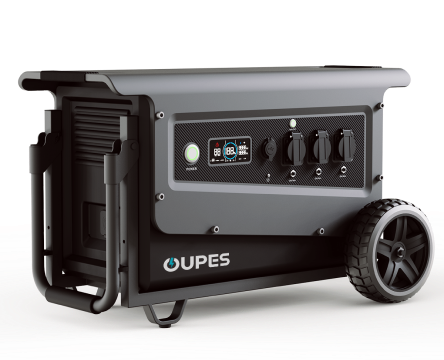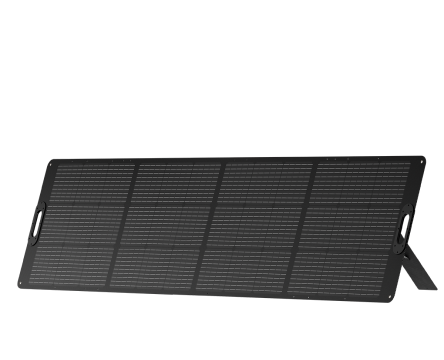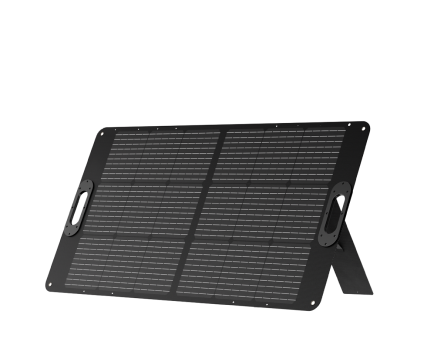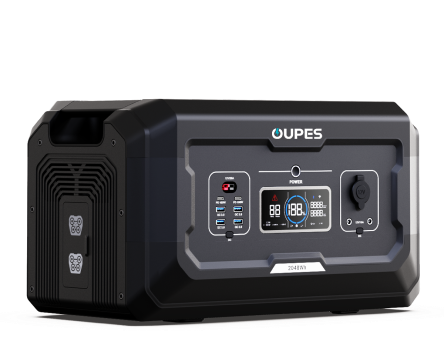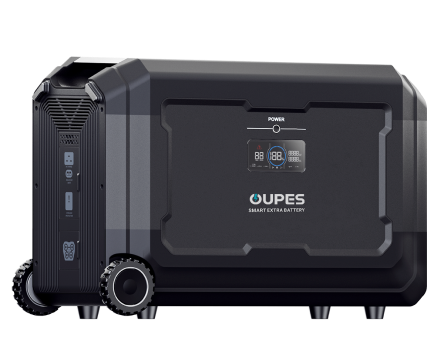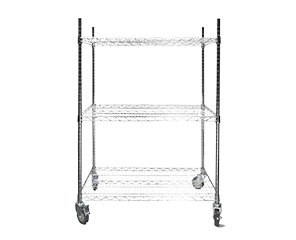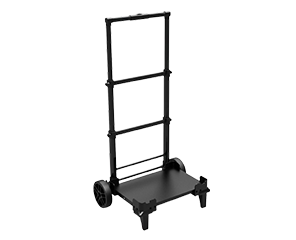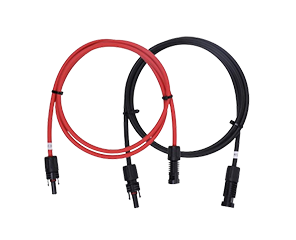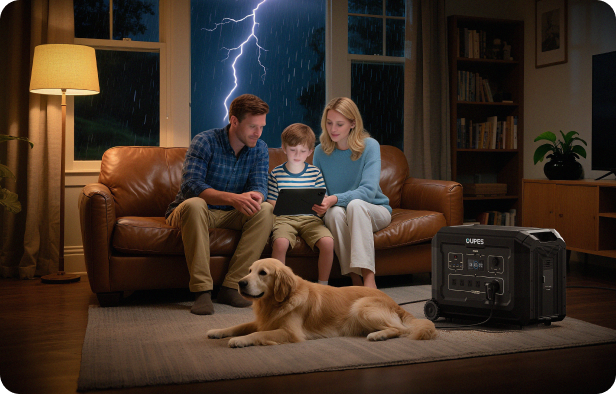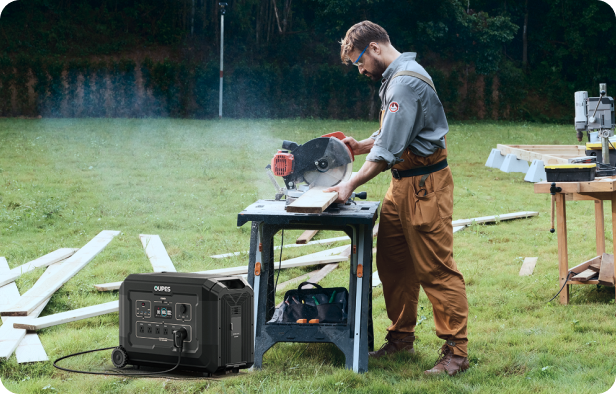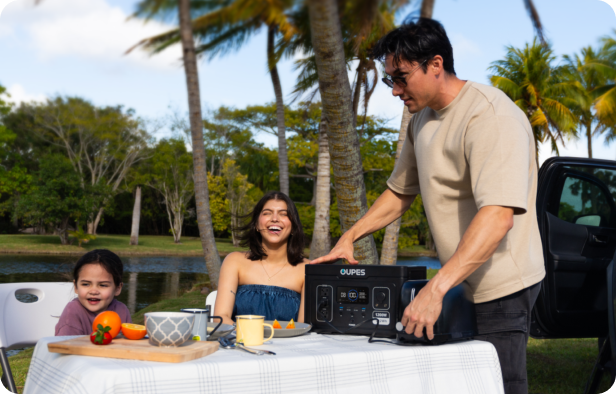![[Beginner's Guide] What Is 10/2 Electrical Wire Used For?](https://oupes.com/a/blog/media/oupes.myshopify.com/Post/featured_img/Exodus1500PortablePowerStation-8.jpg)
Whether you’re starting a DIY electrical project or just want to understand the basics of home wiring, it’s easy to feel overwhelmed by the many types of wires and cables. One term you’re likely to encounter is “10/2 electrical wire.” But what exactly does that mean, and what is it used for?
This beginner-friendly guide will walk you through the essentials of 10/2 electrical wire, its purpose, and why it’s such a common choice for various residential and light commercial applications. We’ll also explore how OUPES power stations can serve as a reliable backup or testing solution in off-grid or temporary setups.
What Does "10/2 Electrical Wire" Mean?
Before diving into its applications, it’s important to understand the structure of 10/2 wire. The term “10/2” refers to the American Wire Gauge (AWG) system and the number of conductors. In this case, "10" stands for the wire gauge, and "2" refers to two insulated conductors, not including the bare ground wire.
Gauge 10 wire is relatively thick and can carry more electrical current than thinner wires, such as 12 or 14 gauge. Specifically, a 10-gauge wire is rated for up to 30 amps in most applications. That makes it suitable for mid-range power loads, where smaller wires might overheat or be unsafe.
The “2” in 10/2 wire typically includes a black (hot) wire, a white (neutral) wire, and an uninsulated copper ground wire. This configuration is used in 120-volt systems where only one hot conductor is required. If you were dealing with a 240V application, you’d likely use 10/3 wire instead, which includes an additional hot conductor.
10/2 wire usually comes as NM-B (Non-Metallic Sheathed Cable), also called Romex, designed for indoor residential use in dry environments. It’s flexible enough for standard wiring needs but powerful enough to support major appliances and fixed equipment.
Common Applications of 10/2 Electrical Wire
Now that you understand what 10/2 wire consists of, let’s explore where and why it’s used. Its current-carrying capability makes it suitable for a variety of mid-range power needs in home settings. Some of the most common applications include:
- Electric Water Heaters: Many standard residential water heaters run on 240V but only need one hot wire. In such cases, 10/2 wire can be used with a double-pole breaker.
- Baseboard Heaters: Often installed in rooms that lack central HVAC coverage, electric baseboard heaters are another common use for 10/2 wire.
- Clothes Dryers: Certain electric dryers, especially older models, may be compatible with 10/2 wiring if they operate on 120V with a ground connection.
- Window Air Conditioning Units: High-powered AC units that draw more than 20 amps may require 10/2 wiring, depending on their configuration.
- Dedicated Outlets: Workshop tools or stationary appliances often benefit from a dedicated circuit wired with 10/2 to ensure safe, uninterrupted performance.
One great way to test these appliances during installation or before permanent wiring is by using a portable power solution like the OUPES Exodus 2400 Portable Power Station. With 2,400W output and 2,232Wh capacity, it can support mid-range appliances and tools, offering peace of mind when working away from a grid connection.
Here’s a simple comparison table outlining suitable appliances and wire size recommendations:
| Appliance | Recommended Wire | Approx. Amps |
|---|---|---|
| Electric Water Heater | 10/2 | 25–30A |
| Baseboard Heater (1500W) | 10/2 | 12.5A |
| Air Conditioner (10,000 BTU) | 10/2 | 10–20A |
| Washer/Dryer Combo | 10/3 or 10/2 | 25A |
Installation Tips and Safety Considerations
Working with electrical wiring can be hazardous if not done correctly. Whether you're running 10/2 wire for a heater or dryer, proper installation is critical for safety and code compliance. Here are some important tips to keep in mind:
Use Proper Breakers: 10/2 wire should be connected to a 30-amp breaker. Using a higher-rated breaker could cause the wire to overheat, creating a fire risk. Always match the wire gauge to the breaker rating.
Follow Local Electrical Codes: Codes vary by region, so always consult your local authority or a licensed electrician before starting work. In most areas, 10/2 wire cannot be used outdoors or in wet conditions without additional protection like conduit.
Don't Overload the Circuit: Even though 10/2 wire can handle up to 30 amps, that doesn't mean you should max out the load continuously. Plan for about 80% of capacity for continuous use, which means aiming for around 24 amps maximum sustained load.
Use GFCI/AFCI Protection Where Required: Kitchens, bathrooms, and laundry areas often require ground-fault or arc-fault circuit interrupters to protect against shocks and electrical fires. Make sure your breaker or outlet configuration includes this if needed.
For safety and flexibility during off-grid installations or temporary circuits, the OUPES Mega 2 Power Station (2500W, 2048Wh) offers dependable power without the complexity of permanent wiring. It's especially useful when testing circuits before connecting to the main panel or during power outages.
When to Use Alternatives to 10/2 Wire
While 10/2 wire covers many mid-range needs, there are situations where a different type or gauge of wire is more appropriate. Knowing when to choose another option will help ensure safety and efficiency in your project.
Higher Voltage or Dual Hot Lines: For appliances that require 240V with two hot wires (like certain ranges and dryers), 10/3 wire is the better choice. It includes two insulated hot conductors, a neutral, and a ground.
Lower Current Applications: If your appliance only draws 15 to 20 amps, 12/2 or 14/2 wire is sufficient and more cost-effective. Don’t oversize the wire without need, as thicker wire is harder to work with and more expensive.
Outdoor or Underground Installations: For wet or buried environments, 10/2 NM-B isn’t suitable. Use 10/2 UF (underground feeder) cable or THWN wire in conduit, which are rated for moisture and UV exposure.
Temporary Power Solutions: If you need temporary power for tools, testing, or mobile setups, consider using a portable power station instead of hardwiring circuits. The OUPES Mega 3 Home Backup & Portable Power Station (3600W, 3072Wh) can power heavy-duty equipment without the hassle of traditional wiring. This is especially useful for RVers, remote cabins, and emergency electricians.
Understanding these alternatives will help you choose the right wire for the job and avoid common installation mistakes. It’s not just about getting power to your appliance—it’s about doing it safely and efficiently.
Conclusion
10/2 electrical wire is a versatile and essential tool in residential wiring, especially for mid-range power loads such as water heaters, baseboard heaters, and dedicated appliance circuits. Its 30-amp rating and straightforward configuration make it a common choice for both professionals and DIYers alike.
Whether you're wiring a new appliance, upgrading an existing system, or testing electrical setups with the help of an OUPES portable power station, understanding the role of 10/2 wire can give you the confidence to take on your next project. By following safety best practices and matching wire to the application, you can ensure a durable and code-compliant installation every time.

